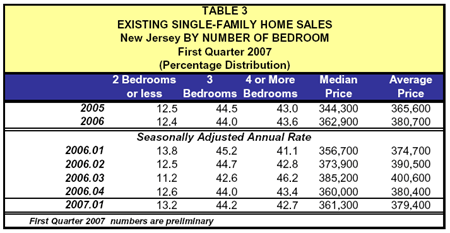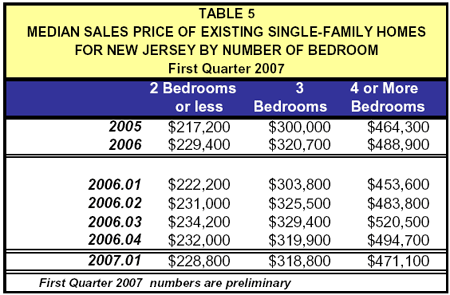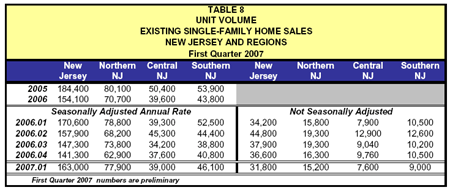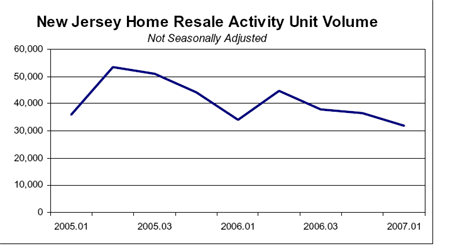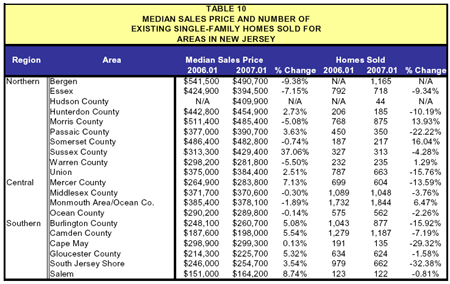From the Wall Street Journal:
Ills Deepen in Subprime-Bond Arena
More Downgrades Seen
As Foreclosures Ripple
By SERENA NG and KATE KELLY
June 18, 2007; Page C1
few weeks ago, the market for bonds backed by risky home loans looked like it was calming down. Now, problems are quickly mounting.
At Bear Stearns Cos., a group of hedge-fund managers at the Wall Street firm spent the weekend scrambling to line up new investors or lenders to keep afloat their fund, called High Grade Structured Credit Strategies Enhanced Leverage fund. The fund, which invests in many securities that are backed by subprime mortgages, suffered heavy losses in recent months.
On Friday, credit-rating firm Moody’s Investors Service slashed ratings on 131 bonds backed by pools of speculative subprime loans because of unusually high rates of defaults and delinquencies among the underlying mortgages. The ratings company also said it is reviewing 247 bonds for downgrades, including 111 whose ratings it had just lowered. All the bonds were issued as recently as last year.
The latest moves by Moody’s affected around $3 billion worth of bonds, which represent less than 1% of the over $400 billion in subprime mortgage-backed bonds that were issued in 2006. Still, it was the most aggressive action taken yet by any of the ratings companies — which some critics say have been slow to address the housing downturn — and could weigh on the already fragile subprime bond market. Some investors may be forced to sell bonds whose ratings were cut to “junk” from “investment-grade,” and some may have to write down the values of the downgraded bonds in their portfolios.
…
“The wave of downgrades will continue” among subprime bonds issued in 2006, says Jay Guo, director of asset-backed research at Credit Suisse in New York. The Moody’s downgrades are so far concentrated among bonds backed by “second-lien” loans, which are taken out on homes that have already been pledged as collateral on another mortgage. Second-lien lenders stand at the back of the line; when borrowers default, it is highly unlikely the loans will recover any money.The housing market continues to deteriorate, and many economists see little hope that it will start to recover before 2008. Home prices are falling in much of the country, particularly in parts of California, Arizona, Nevada and Florida. Lower home prices will lead to more and costlier foreclosures. Meanwhile, lenders are tightening their lending policies, which will make it difficult, if not impossible, for some people to refinance loans when their interest rates reset to higher levels. That would lead to more foreclosures.
Moody’s said second-lien mortgage loans that were bundled into bonds in 2006 “are defaulting at a rate materially higher than original expectations.” It said such loans were originated when underwriting standards were very aggressive, and have deteriorated significantly as the pace of home-price appreciation has slowed. That is what is causing most of the bond downgrades.

